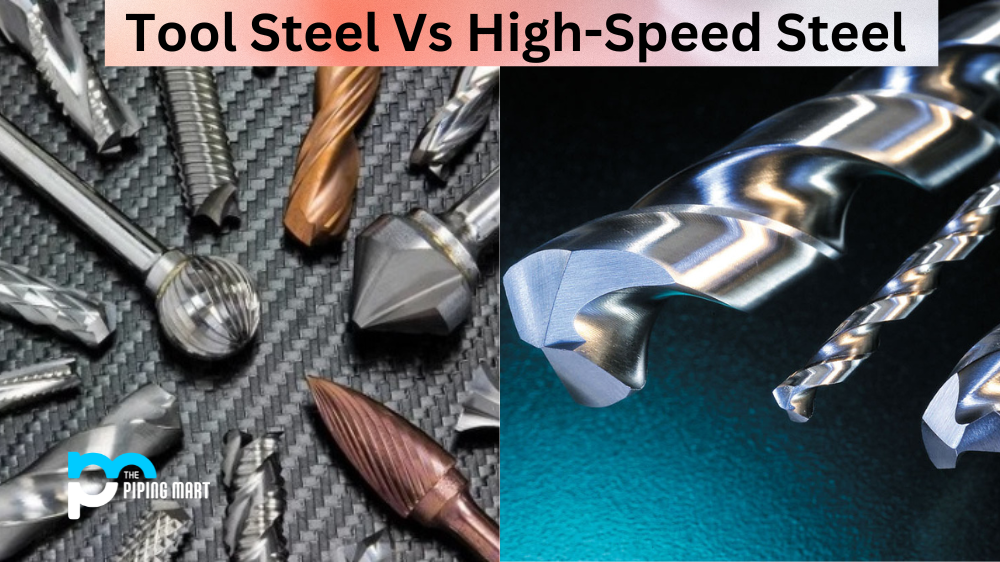Steel is versatile in various industries, from construction to transportation to manufacturing. But not all steel is created equal. The composition of different types of steel determines their physical properties and suitability for various applications. In this blog post, we will delve into the differences between 1030 and 1040 steel, two commonly used grades of carbon steel.
Difference Between 1030 and 1040 Steel
Carbon Content
The primary difference between 1030 and 1040 steel is their carbon content. 1030 steel typically contains between 0.25% and 0.35% carbon, while 1040 steel contains 0.37% and 0.44% carbon. This difference in carbon content affects their strength, ductility, and machinability.
Advantages
One of the critical advantages of 1030 steel is its relatively low cost and high machinability. It is suitable for many applications where strength is not the primary concern. This includes components for machinery, appliances, and automotive parts. 1030 steel also offers good weldability due to its low carbon content, making it easy to form and shape.
Hardness
In contrast, 1040 steel is known for its higher strength and hardness than 1030 steel. This makes it ideal for applications requiring excellent durability and ruggedness, such as heavy machinery, tools, and equipment parts. 1040 steel is also known for its superior wear resistance, making it a popular choice for manufacturing components in high-friction applications like bearings and gears.
Ductility
Another factor to consider when choosing between 1030 and 1040 steel is their ductility. Ductility refers to a material’s ability to bend and deform without breaking. 1030 steel tends to be more ductile than 1040 steel due to its lower carbon content. This makes it easier to shape and form without the risk of cracking or breaking. However, 1040 steel can still be relatively ductile depending on the specific alloy and heat treatment.
Physical Properties
In addition to their physical properties, 1030 and 1040 steel differ in machining and processing requirements. Due to its low carbon content, 1030 steel is relatively easy to machine and drill compared to more high-carbon steels. It can be hardened and tempered, but this requires careful control of the heating and cooling process to avoid warping or cracking. On the other hand, 1040 steel is more difficult to machine due to its higher carbon content and hardness. It typically requires specialized equipment and expertise to produce precise components from 1040 steel.
Applications
1030 and 1040 steel are both commonly used in a variety of applications. 1030 steel is often used for parts that require good ductility, such as gears or shafts, while 1040 steel is often used for parts that need good strength, such as axles or crankshafts.
Welding
1030 and 1040 steel can both be welded using any standard welding process. However, due to its higher carbon content, welding 1040 steel can be more complex than welding 1030 steel. Additionally, preheating and post-weld heat treatment may be required when welding 1040 steel to minimize the risk of cracking.
Conclusion
In summary, the differences between 1030 and 1040 steel come from their carbon content, strength, ductility, and machinability. If cost is a priority and power is not a significant concern, 1030 steel is a good choice. However, 1040 steel is the way to go if high strength and durability are required. Ultimately, the choice between these steels will depend on the final product’s specific application and desired properties.

A passionate metal industry expert and blogger. With over 5 years of experience in the field, Palak brings a wealth of knowledge and insight to her writing. Whether discussing the latest trends in the metal industry or sharing tips, she is dedicated to helping others succeed in the metal industry.




